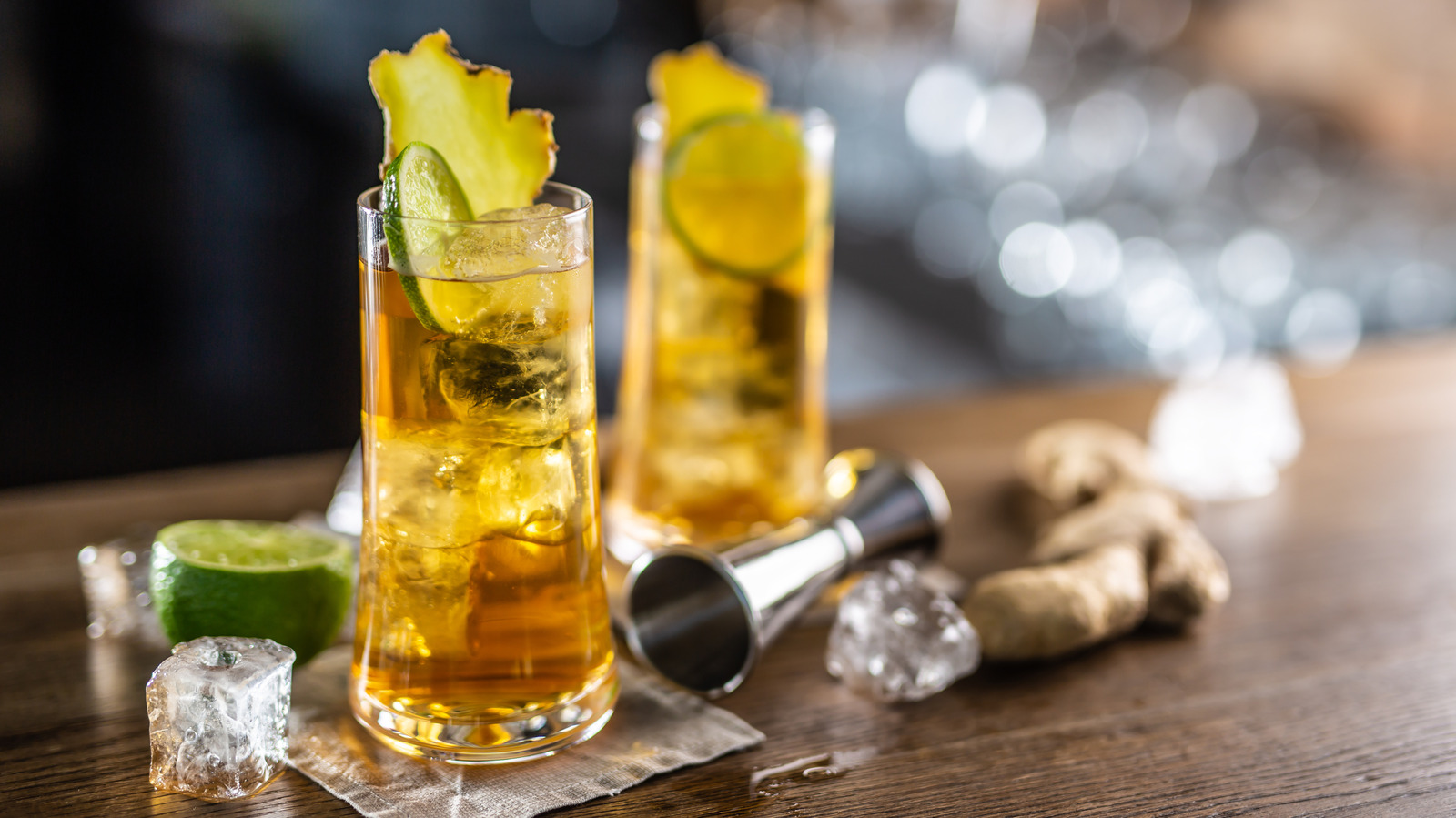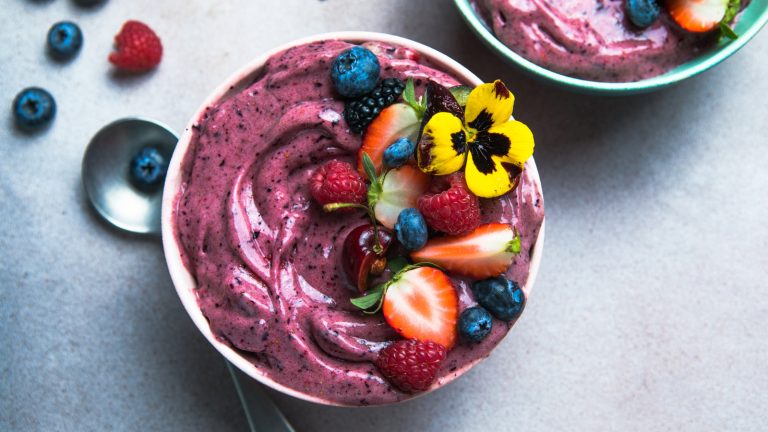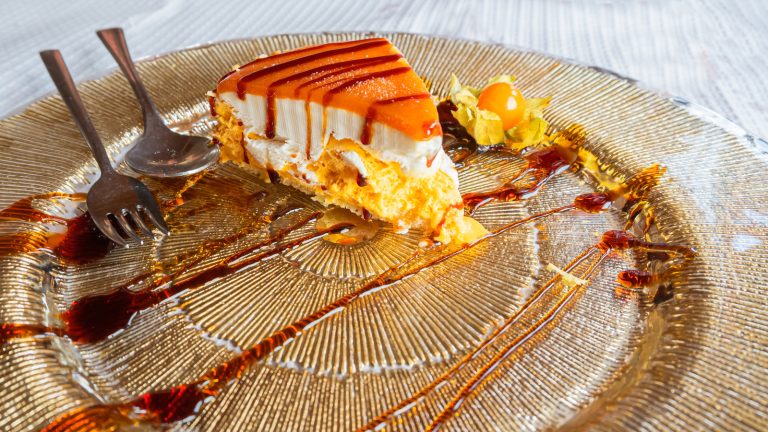If you’re looking to switch up your go-to warm weather beverage, you’re in luck with chef and entrepreneur Giada De Laurentiis’ sophisticated sipper that’s particularly suited for those who relish ginger’s zingy kick. Her Italian amaro soda is a refreshing cocktail that comes together in minutes, making it fantastic when hosting gatherings. With just ginger ale, amaro, and a lime wedge (squeezed and dropped into your ice-filled glass), you have a delightful “digestivo,” a category of postprandial drinks (Italian bittersweet liqueurs, in this case) that, as advertised, support digestion.
Before you take on the task of mixing up a bubbly batch of amaro soda, consider the quality of your ginger ale. To make things easy, we’ve ranked the popular store-bought ginger ale brands. You can also make your own ginger ale by combining soda water with an easy, homemade ginger syrup. De Laurentiis, who said this drink “tastes a lot like a grown-up soda” on Instagram, opts for a 3-to-1 ratio of ginger ale to amaro.
The peppery, sweet warmth from the ginger, paired with the amaro’s syrupy bittersweetness creates a complex blend of flavors that’s enhanced by the soda’s effervescence and the squeeze of citrus as the final, livening touch. You can experiment with different types of amari to diversify the final taste. And, while sticking to the simple three-ingredient combination delivers satisfying results, you can impart additional depth and nuance (and up the strength) with gin’s herbal, piney notes, which lend an elegant sophistication to the beverage, as well as fresh herbs like mint, which amplify its refreshing properties. Ultimately, your palate will guide you to amaro soda bliss.
Impart unique flavors with your choice of amari
Given amari’s origins in Italy, it should come as no surprise that they are key components in some of the most popular Italian cocktails. So, don’t hesitate to get creative with the versatile range of flavors that amari has to offer in your Italian amaro soda. Despite its translation to “bitter” in Italian, amari vary in their depths of intensity, with some on the light and floral side, while others pack a sharp punch. On Instagram and elsewhere online, De Laurentiis recommends Cynar, an aperitif made with artichokes that is named for cynarin, an antioxidant found in the earthy vegetables that imparts a soft, subtle sweetness, or St. Agrestis for a balanced, refreshing summer sipper that is not overly bitter.
Connoisseurs of spirit-forward drinks who enjoy an expertly crafted Negroni or Boulevardier may appreciate the bitter, citrusy notes of Campari. Aperol presents a similar, albeit sweeter, lighter, and possibly more palatable option to those new to tasting amari, which is why Aperol spritzes are a fantastic introduction to amaro-based drinks.
Varieties such as Averna add a deep, bittersweet, caramel-forward undertone to the beverage. For a sweet, herbal, and gentle blend of warm botanicals, look no further than a bottle of the classic Montenegro. Meanwhile, if you want bold, bitter flavors in your amaro Italian soda, Fernet Branca is the way to go. Whatever your choice, infusing your cocktail with amari’s many nuances could easily transport you to one of the quaint cafés lining the weathered cobblestone streets of Northern Italy or the sun-kissed coasts of the South that De Laurentiis has no doubt visited.






